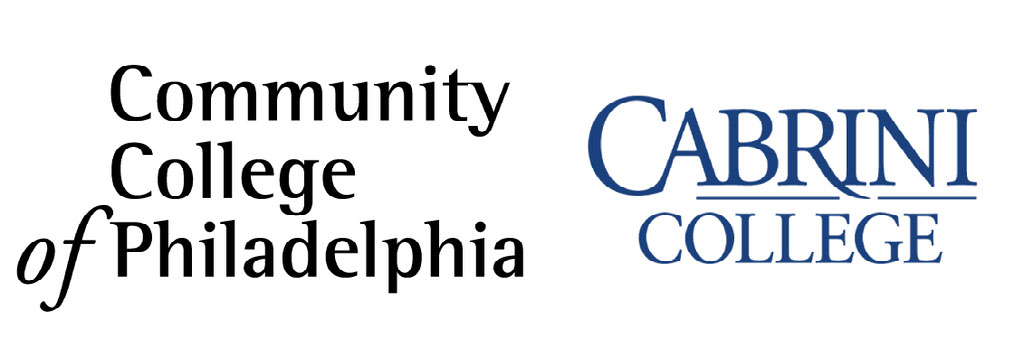Latinos and higher education Is Access to free college education a right or a privilege?
"My concern is ultimately if they (the government) get to the point to do that, that there is going to be the notion that they are going to fund it by reallocating resources that currently go to low income students, through the Pell system or any other means." Donald Taylor, president of Cabrini College
"It’s tied into the spirit of capitalism and the notion that the country shouldn’t be providing that type of support. To me personally, it’s akin to healthcare. Why are we the only developed country that doesn’t provide universal healthcare? We are a very young country and ... I think eventually that conversation, that narrative, will slowly change." Neil Theobald, president of Temple University
"Part of the problem in this country is that there’s inequality in terms of kind of education that is offered even in the public domain. The kind of schooling that children get in suburbs or cities, versus rural areas. Until we as a country can come to a sense of what all people should have in terms of education, we are going to have this battle of private versus public versus state versus local." Father Peter Donohue, president of Villanova University
What can we do as a nation to alleviate the student debt situation?
"Colleges are trying to provide much more focus starting with the dual enrollment programs that are creating pathways encouraging students to begin thinking about what they want to do and how you are going to get there. That reduces costs and it reduces time to completion." Donald Generals, president of Community College of Philadelphia
"The key is completion. Finishing with that debt and then it has a payoff. But as we know nationally only about 50 percent of students who start a four-year education finish. We are heavily into dual enrollment, same thing with the idea of accelerating students." Jerry Parker, president of Delaware County Community College
What are you doing to increase diversity, not just in the student body but also at the faculty level?
"We are all competing not just for the same students but for the same faculty. And a big part of our role being a research university is to train the faculty who can teach. We have 34 percent students of color, of those 2,300 are Latinos, that is the pipeline." Neil Theobald, president of Temple University
"We developed an inclusivity strategy planning and we live by that. The very first day that I was officially on the job I hired several Latinos as multicultural recruiters." Donald Taylor, president of Cabrini College
"The cultural environment is key. Do we do a good job? We are far from it. The number of Latino faculty is single digits at CCP. We do better with the counseling and the support services. But we do have a strategic plan to improve those numbers and is absolutely a priority." Donald Generals, president of Community College of Philadelphia
How do you deal with cultural barriers at each of your institutions?
"We have a relation with the National Hispanic Institute (NHI), which is located in Texas, and have not had much success in getting students to come from the Southwest to come to the Northeast, and is not just the weather. It is a cultural thing, about where is the support is. Closeness to the family is very important." Father Peter Donohue, president of Villanova University
"Beyond cultural, I think there is an economic barrier and we are seeing it in our institutions. Currently 70 percent of our students are part-time, they are rationing their time and their money." Jerry Parker, president of Delaware County Community College
What role can universities play in increasing the participation of Latino and Latina students in STEM fields?
"In addition to the individual pathway that opens up, it is a national crisis, not only Latino but for people of color. People in inner cities just don’t have a real sense of the importance, not just for yourself but for your future in being able to get a job." Donald Generals, president of Community College of Philadelphia
"Part of it are the cultural issues, you have the financial piece, but the other key piece is the academic preparation of Latinos in K-12 grade. 20 years ago you could say colleges and universities had an access problem, that problem no longer exists." Donald Taylor, president of Cabrini College
"We have a partnership with Philadelphia School District where STEM degree recipients can get a masters degree in middle school education and hopefully that then allows us to create more people with that kind of background." Neil Theobald, president of Temple University
"More than anything is making sure that the students have a choice. And the only way they will have this is if they are college ready in math. That is where community colleges play such a critical role, 60 percent of our entering students are not college ready in math." Jerry Parker, president of Delaware County Community College
